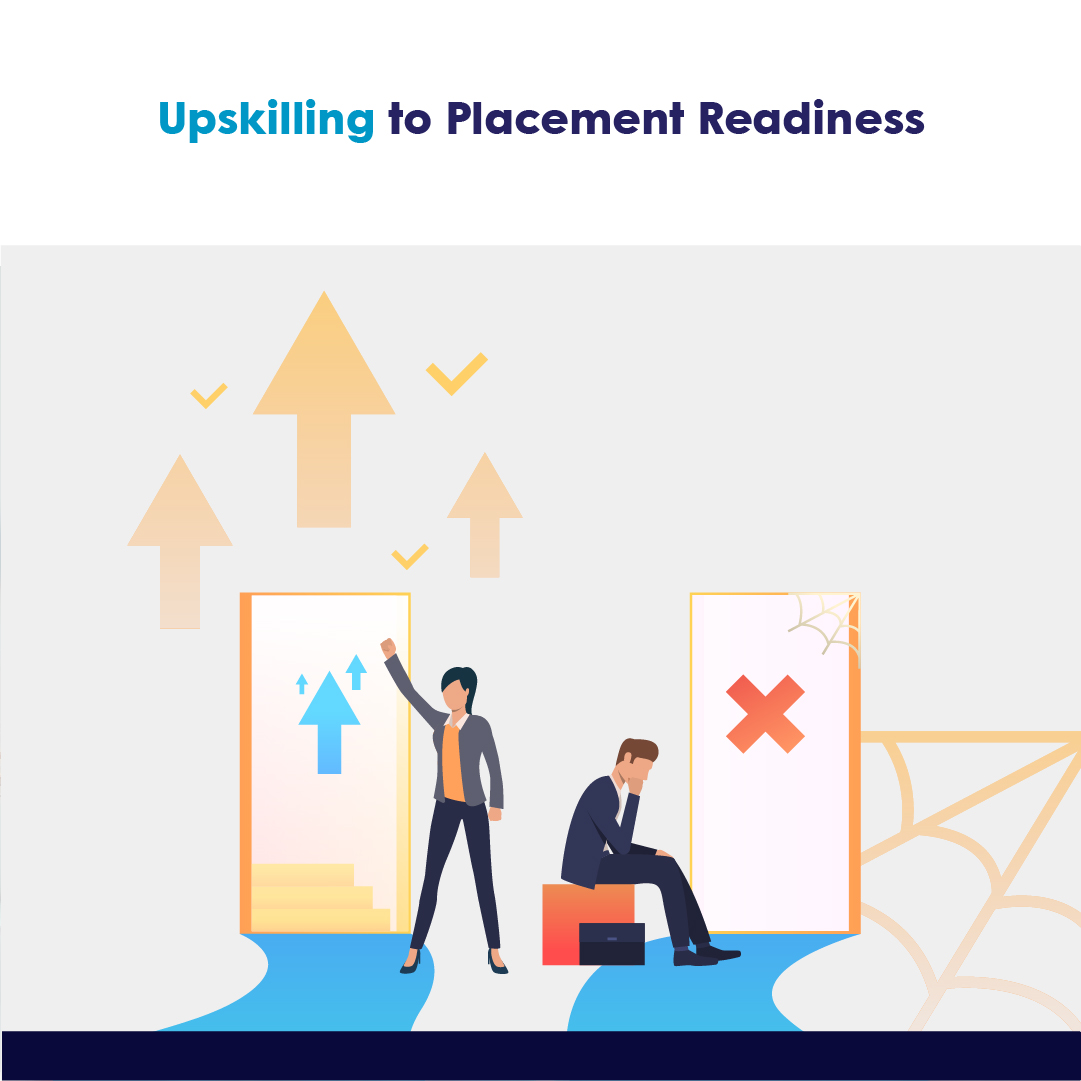How Civil Engineers Are Tackling Climate-Resilient Infrastructure
Introduction
As climate change becomes a growing concern, civil engineers are stepping up to create smarter, safer, and more sustainable infrastructure. From floods and heat waves to rising sea levels, our cities and systems need to adapt, and civil engineers are leading this transformation.
If you're interested in solving real-world problems like this, you might want to explore some of the best civil engineering colleges in Maharashtra. But first, let’s understand how civil engineers are shaping a climate-ready future.
What is Climate-Resilient Infrastructure?
Climate-resilient infrastructure is designed to withstand extreme weather conditions and natural disasters caused by climate change. It includes everything from flood-proof roads and earthquake-resistant buildings to sustainable drainage systems and green energy solutions.
How Civil Engineers Are Making a Difference?
1. Understanding Climate Resilience
Civil engineers begin by studying climate risks in specific regions—like high rainfall, drought, or rising sea levels. This helps them make smart decisions about where and how to build. For example, homes in flood-prone areas may need raised foundations or better drainage systems. It’s all about designing with nature, not against it.
2. Using Smart Materials & Designs
Traditional materials are being replaced with advanced ones like self-healing concrete, fiber-reinforced plastics, and permeable pavement. These not only reduce damage from extreme weather but also last longer, saving time and money in the long run. Design-wise, engineers are focusing on flexibility—ensuring that buildings can absorb shocks, bend under pressure, and still remain strong.
3. Green Infrastructure
Green infrastructure blends nature with construction. Engineers now integrate features like green roofs, bioswales, and vertical gardens into urban planning. These reduce the heat island effect, help manage stormwater, and improve air quality—creating more liveable, climate-friendly spaces.
4. Tech & Data-Driven Planning
The use of climate models, Geographic Information Systems (GIS), and remote sensors allows civil engineers to plan for the future with greater accuracy. Predictive tools help simulate disasters and guide resilient designs. Drones are also being used for surveying and monitoring construction sites in real time.
5. Upgrading Old Infrastructure
Instead of rebuilding everything, civil engineers focus on retrofitting—making old buildings, bridges, and drainage systems more climate-resilient. This might include reinforcing structures to withstand earthquakes or adding insulation and ventilation to manage extreme heat.
6. Working with Governments & Communities
Civil engineers are not working alone. They are part of larger networks involving urban planners, architects, environmental scientists, and policymakers. Community input also plays a vital role. When people are involved in the process—planting trees, maintaining systems, or reporting damage—the outcomes are more sustainable and impactful.
Climate change is a global challenge, but through collaboration and innovation, civil engineers are building the foundations for a more resilient tomorrow.
Why This Matters for Future Engineers?
Climate-resilient infrastructure is no longer a choice—it’s a necessity. And civil engineers are at the heart of it. If you’re passionate about solving climate challenges and creating a better world, civil engineering is a great career to consider.
Several of the best civil engineering colleges in Maharashtra offer programs that teach sustainable design, smart materials, and climate-focused planning. These skills are in high demand and can help you become a part of the global solution.
Civil engineers are not just building bridges and roads—they’re building a safer future. By combining new technology, smart design, and community collaboration, they’re making infrastructure that can handle tomorrow’s climate challenges.
Want to be part of this change? Explore your options at the best civil engineering colleges in Maharashtra and start your journey today.
OUR RECENT BLOG



